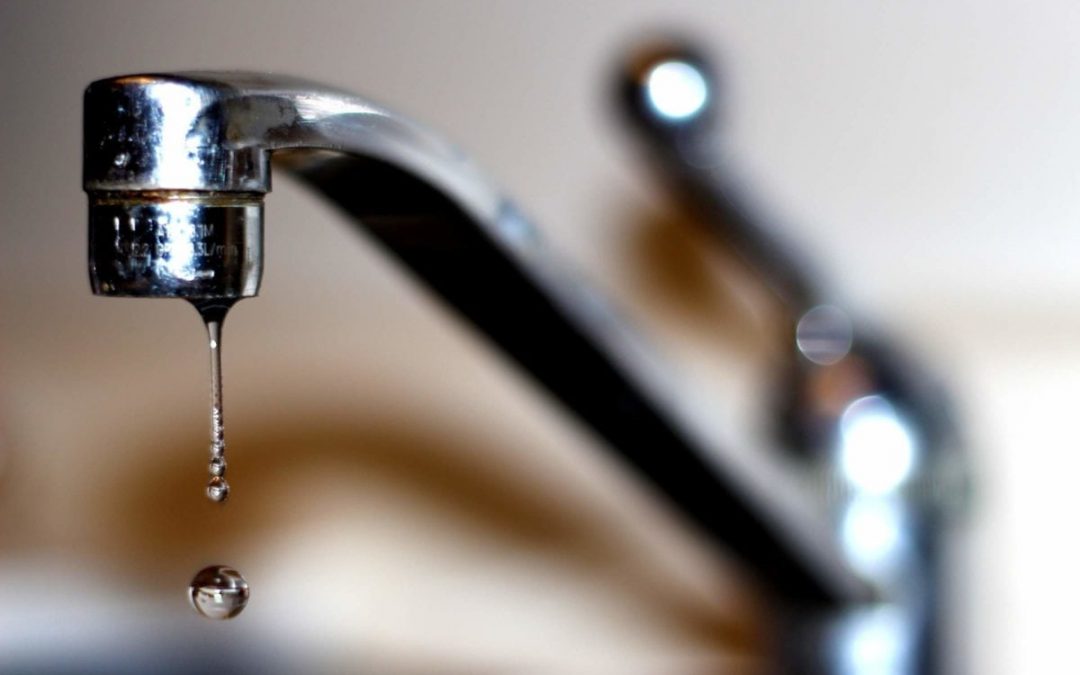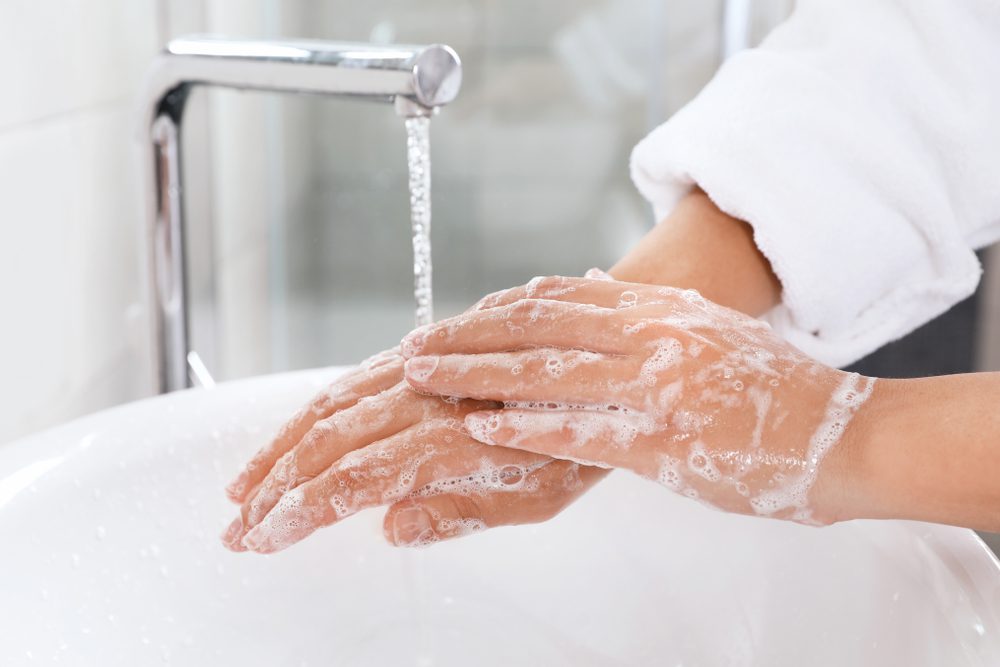Approaches to Address Low Water Pressure in Your Home
Approaches to Address Low Water Pressure in Your Home
Blog Article
The content in the next paragraphs about 10 Reasons for Low Water Pressure in Your House is exceedingly enlightening. Don't skip it.

Low water pressure in your home can be an aggravating problem, influencing every little thing from showering to washing dishes. If you're experiencing weak water circulation, there are several feasible causes and options to check out. In this guide, we'll review typical factors for low water pressure and sensible steps to attend to the concern successfully.
Intro to Low Tide Pressure
Low water stress happens when the flow of water from your taps, showers, and other components is weak than usual. This can make day-to-day tasks much more tough and much less efficient. Recognizing the causes of low water pressure is important to discovering the right option.
Typical Causes of Low Tide Pressure
Pipeline Obstructions
Gradually, pipelines can come to be clogged with natural resource, debris, or debris, limiting the circulation of water. This is a common concern in older homes with galvanized steel pipelines.
Rust
Rust within pipelines can cause leaks and reduced water stress. Corrosion build-up can tighten water flow, particularly in aging plumbing systems.
Faulty Pressure Regulators
Stress regulatory authorities are responsible for maintaining consistent water pressure in your home. If they malfunction, it can result in low tide pressure or uneven circulation throughout your house.
Local Water System Issues
In some cases, the trouble lies outside your home. Local supply of water issues, such as main line leakages or maintenance work, can temporarily minimize water stress in your location.
How to Diagnose Low Tide Pressure
Examining Taps and Fixtures
Beginning by evaluating the water stress at different taps and components throughout your home. If the issue is isolated to particular locations, it might show local troubles.
Checking Pipelines
Examine visible pipes for signs of leaks, deterioration, or clogs. Take note of any kind of uncommon audios, such as knocking or rattling pipes, which could indicate issues within the plumbing system.
Consulting with a Plumber
If you're not able to identify the cause of low water pressure, consider hiring a specialist plumber to perform a complete inspection. They can identify underlying concerns and suggest ideal solutions.
DIY Solutions to Deal With Low Tide Stress
Cleaning Aerators and Showerheads
Mineral deposits can collect in aerators and showerheads, decreasing water flow. Remove and cleanse these parts routinely to boost water stress.
Flushing Water Heater
Sediment build-up in the water heater can restrict flow and reduce efficiency. Flushing the storage tank regularly aids remove sediment and maintain optimum performance.
Inspecting Stress Regulator
Ensure that the pressure regulatory authority is operating properly. Adjusting or replacing the regulator can assist recover correct water pressure throughout your home.
Clearing Up Clogs in Pipeline
For minor blockages, try using a plumbing snake or chemical drainpipe cleaner to clear blockages in pipes. Be cautious when using chemicals and follow safety and security standards.
When to Call a Specialist Plumber
If DIY efforts fail to fix the concern or if you presume substantial plumbing troubles, it's ideal to look for support from a licensed plumber. They have the know-how and devices to address intricate issues securely and efficiently.
Preventive Measures to Maintain Water Stress
Normal Maintenance
Schedule regular upkeep for your plumbing system to stop problems such as corrosion, leakages, and clogs. Addressing minor issues early can aid stay clear of more considerable repair services later on.
Setting Up a Stress Booster
Consider setting up a pressure booster pump to boost water stress in areas with regularly low circulation. This can be particularly advantageous for multi-story homes or buildings with high-demand fixtures.
Tracking Water Usage
Be mindful of water usage routines and stay clear of ill-using the plumbing system. Simple modifications, such as astonishing showers and washing tons, can assist maintain adequate water stress.
Final thought
Managing low water pressure can be aggravating, yet recognizing the underlying causes and implementing proper options can restore optimum flow throughout your home. Whether it's cleaning up aerators, examining pipes, or talking to a plumber, taking positive steps can make certain a steady supply of water for your daily demands.
How to Fix Low Water Pressure In Your Home
Municipal Water Supply Issues
Scheduled maintenance, high demand, and water main breaks are all potential causes for low water pressure within a city or county’s water lines. While there’s not much you can do to personally fix a problem with your city or county’s water supply system, you can play a big role in documenting the issue and alerting those who can.
How to fix it:
Ask your neighbors if they are experiencing any issues with low water pressure. If multiple homes are affected, it’s likely related to the city’s water line.
Contact the local Water Authority to see if there is any maintenance taking place that might be affecting your supply. Also let them know of your specific issues. If other homeowners report the same issues, they’ll know that there could be a larger issue to look into.
Faulty Fixtures
A damaged or clogged shower head, faucet or appliance is the first thing we’d suggest checking, especially if low water pressure appears to be isolated to a specific area of your home.
How to fix it:
First, turn off the main water supply to your home.
Check the affected appliances for build-up or debris. In the case of a faucet, you can simply unscrew the aerator at the tip of the faucet. Showerheads should be fully detached from the water pipe.
While the appliances are detached, you may want to check the water supply to determine if the fixtures were in fact the issue.
To clean, soak the showerhead or aerator in vinegar and brush off any visible debris.
Reattach the fixtures and check the water pressure again. If it is still low, there is likely a deeper issue at hand, which can be determined by a professional plumber.
Pipe Obstructions
Mineral deposits, rust or other debris within water pipes can lead to blockages or corrosion over time.
How to fix it:
When you think of a clog, you probably think of a drain clog. While there are many DIY solutions to clearing a drain, clogs in a water pipe will almost always require the help of a professional plumber. A plumber will be able to locate the affected pipe and clean out any debris or mineral deposit buildup. In severe cases, the pipe may need to be replaced. Your plumber might also recommend a water softening system to remove the minerals from your home’s water supply that can contribute to pipe blockages over time.
Plumbing Leak
Undetected water line leaks can divert water away from your residential pipes, reducing the water pressure in your fixtures.
How to fix it:
Check your water meter by turning off all water sources and monitoring the meter for any movement, which could be a clear indicator of a potential leak.
Check all visible pipes for signs of leaking, including water stains, active dripping or damp spots around the pipe.
Inspect fixtures, including faucets and showerheads, for any drips.
Test the pressure but recording the pressure with the main water valve shut off. Leave off for a few hours and test again. A significant drop in pressure is a clear sign of a leak.
https://kiddcoplumbing.com/plumbing-blog/how-to-fix-low-water-pressure/

How to Fix Low Water Pressure In Your Home
Municipal Water Supply Issues
Scheduled maintenance, high demand, and water main breaks are all potential causes for low water pressure within a city or county’s water lines. While there’s not much you can do to personally fix a problem with your city or county’s water supply system, you can play a big role in documenting the issue and alerting those who can.
How to fix it:
Faulty Fixtures
A damaged or clogged shower head, faucet or appliance is the first thing we’d suggest checking, especially if low water pressure appears to be isolated to a specific area of your home.
How to fix it:
Pipe Obstructions
Mineral deposits, rust or other debris within water pipes can lead to blockages or corrosion over time.
How to fix it:
When you think of a clog, you probably think of a drain clog. While there are many DIY solutions to clearing a drain, clogs in a water pipe will almost always require the help of a professional plumber. A plumber will be able to locate the affected pipe and clean out any debris or mineral deposit buildup. In severe cases, the pipe may need to be replaced. Your plumber might also recommend a water softening system to remove the minerals from your home’s water supply that can contribute to pipe blockages over time.
Plumbing Leak
Undetected water line leaks can divert water away from your residential pipes, reducing the water pressure in your fixtures.
How to fix it:
https://kiddcoplumbing.com/plumbing-blog/how-to-fix-low-water-pressure/
I recently found that content about while doing a lookup on the web. I beg you take the opportunity to share this page if you enjoyed reading it. Thanks for being here. Return soon.
Click Here Report this page